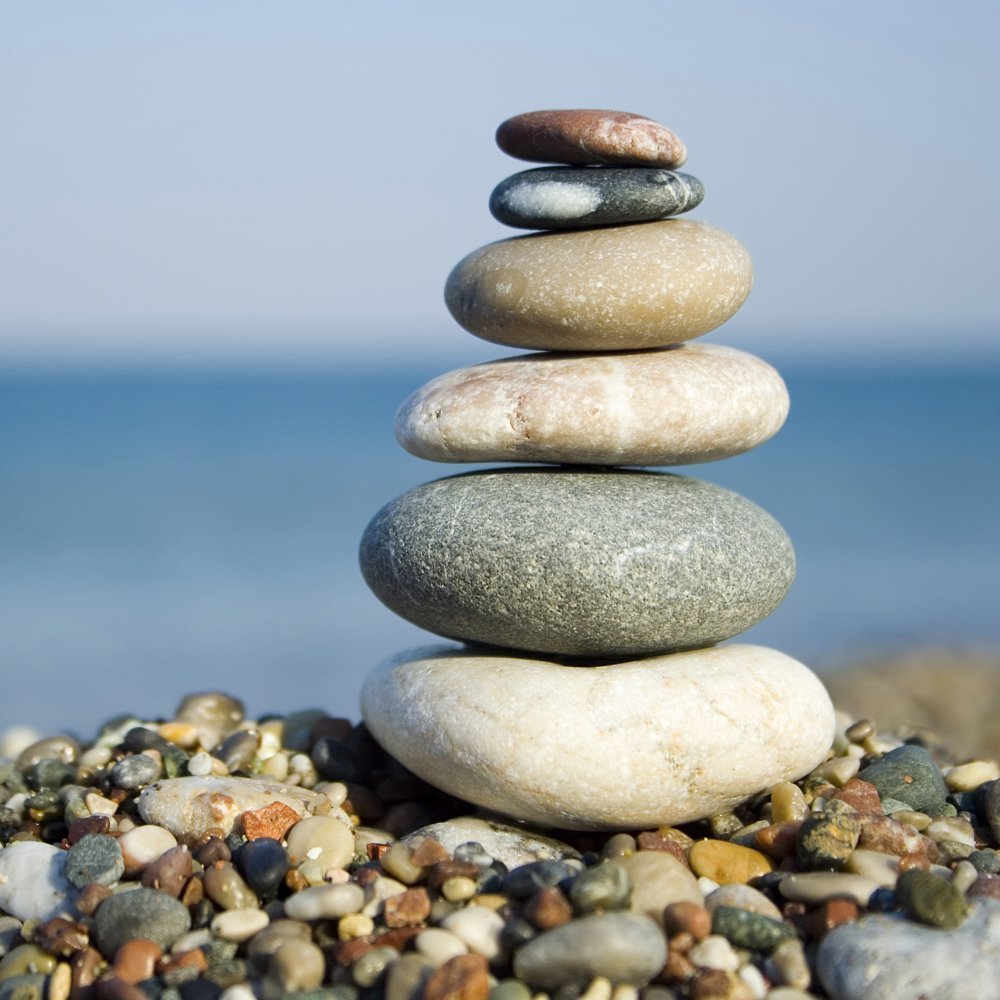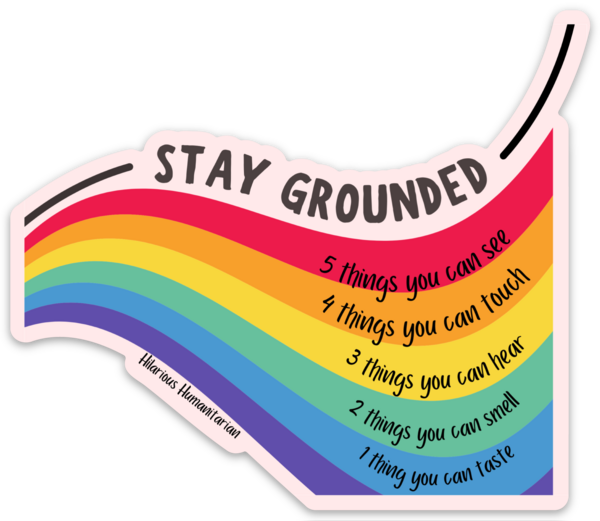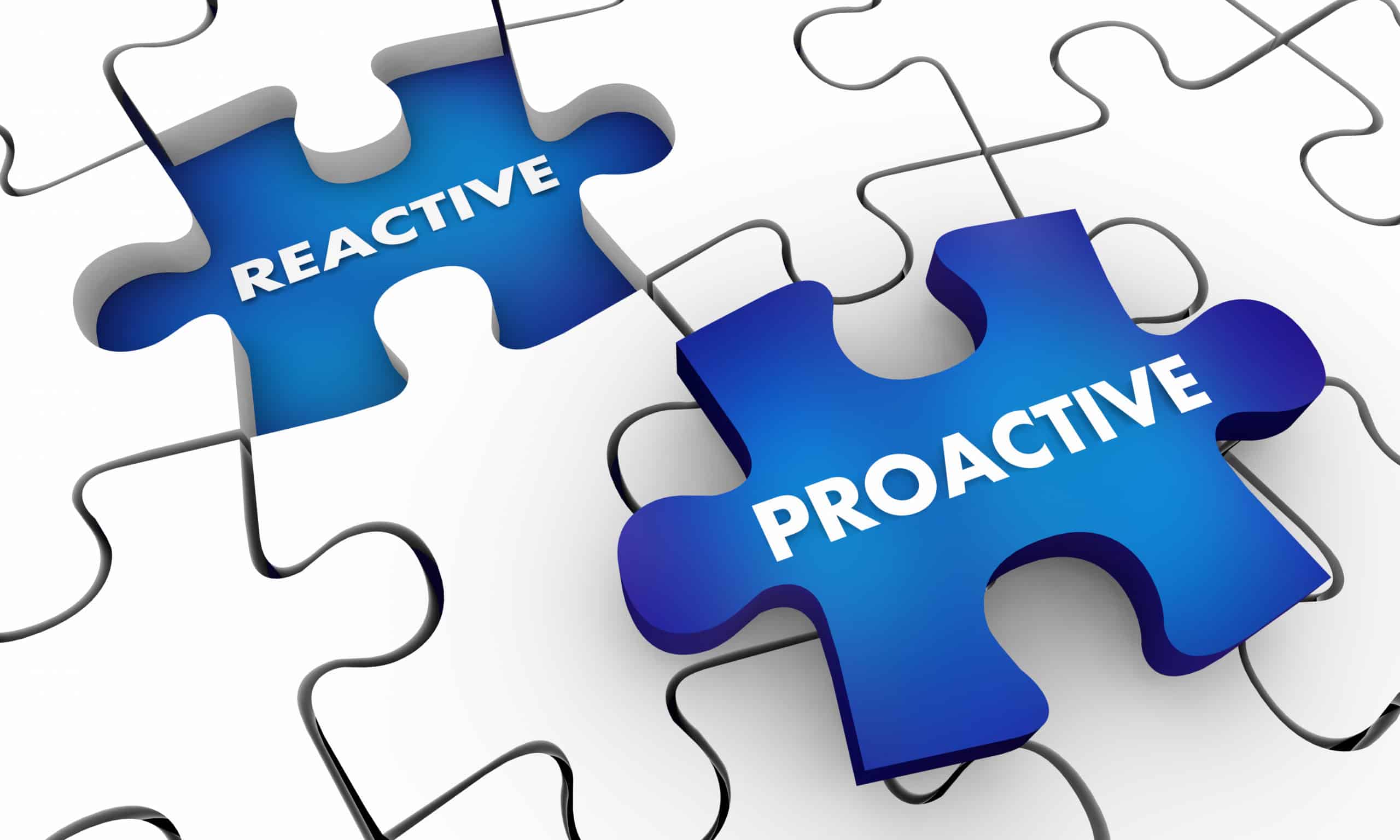Key Takeaways
- Centering techniques can significantly improve focus and reduce stress by encouraging mindfulness and calmness.
- Deep breathing is a simple yet effective method to calm your mind and body almost instantly.
- Progressive muscle relaxation helps in relieving tension and promoting relaxation by focusing on different muscle groups.
- The 5-4-3-2-1 grounding technique enhances mindfulness by engaging all five senses, making it a versatile tool for stress relief.
- Incorporating these techniques into daily routines can transition stress management from reactive to proactive, enhancing overall well-being.
Introduction to Centering Techniques for Improved Focus and Stress Relief
In today’s fast-paced world, stress seems to be an unwelcome companion in our daily lives. Many of us find ourselves overwhelmed, distracted, and anxious, struggling to find a moment of peace. This is where centering techniques come into play. They offer a way to calm the mind, refocus attention, and restore balance, making them invaluable tools for both mental and physical well-being.
Centering techniques aren’t just for those who meditate or practice yoga. They’re accessible to everyone, regardless of age or lifestyle, and can be seamlessly integrated into daily routines. Whether you’re a student preparing for exams, a professional facing deadlines, or a parent juggling multiple responsibilities, these techniques can help you manage stress and improve your focus.

“Maintaining Focus in Stressful Situations” from www.mindtools.com and used with no modifications.
What is the Importance of Centering in Modern Life
Centering is about bringing your attention back to the present moment, which is often lost amidst the chaos of modern life. When we’re stressed, our thoughts tend to scatter, making it difficult to concentrate on the task at hand. This lack of focus can lead to mistakes, missed opportunities, and increased stress levels. Therefore, centering techniques are crucial as they help ground us, providing clarity and calmness.
By practicing centering techniques, you can learn to control your responses to stressors rather than reacting impulsively. This not only enhances your emotional resilience but also improves your ability to handle challenges effectively. As a result, you feel more in control and less overwhelmed, leading to a more balanced and fulfilling life.
Connection Between Mindfulness and Stress Management
Mindfulness is the practice of being fully present in the moment, aware of your thoughts, feelings, and surroundings without judgment. It’s a powerful tool for stress management because it shifts your focus away from worries about the past or future and anchors you in the present. This shift can reduce anxiety, improve concentration, and promote a sense of peace. For more insights on cultivating an adaptable mindset, check out these adaptability tips and techniques.
Centering techniques are essentially mindfulness practices that help you achieve this state of awareness. By focusing on your breath, your body, or your senses, you can quiet the mental chatter and create space for calmness and clarity. This not only alleviates stress but also enhances your overall mental and emotional well-being.
Deep Breathing for Immediate Calm
Let’s dive into our first method: deep breathing. It’s one of the simplest yet most effective centering techniques you can practice anywhere, anytime. When stress hits, our breathing often becomes shallow and rapid, which can exacerbate feelings of anxiety. Deep breathing, on the other hand, helps calm the nervous system and bring your mind back to the present.
How Deep Breathing Affects Your Body
Deep breathing works by activating the body’s relaxation response. When you take slow, deep breaths, you signal to your brain that it’s time to relax. This triggers the parasympathetic nervous system, which helps lower your heart rate and blood pressure, and reduces stress hormones like cortisol.
- Increases oxygen flow to the brain, enhancing cognitive function.
- Promotes relaxation by decreasing muscle tension.
- Improves mood by releasing endorphins, the body’s natural feel-good chemicals.
Besides that, deep breathing can help you feel more grounded and centered, allowing you to approach challenges with a clearer mind.
Instructions for Practicing Progressive Muscle Relaxation
Progressive muscle relaxation (PMR) is a technique that involves tensing and then slowly releasing different muscle groups in your body. This helps reduce physical tension and promote a sense of calm. Here’s how you can practice it:
- Find a quiet, comfortable place where you won’t be disturbed. Sit or lie down in a relaxed position.
- Close your eyes and take a few deep breaths to settle into a calm state.
- Start with your toes. Inhale and tense the muscles in your toes for about five seconds.
- Exhale and release the tension, feeling the relaxation spread through your toes.
- Move to the next muscle group, such as your calves, and repeat the process.
- Continue working your way up your body, including thighs, abdomen, chest, arms, and face.
- Take your time with each muscle group, noticing the contrast between tension and relaxation.
This exercise not only reduces physical tension but also enhances your awareness of your body’s stress responses.
Benefits of Regular Progressive Muscle Relaxation
Incorporating PMR into your routine can have significant benefits. Regular practice helps you become more attuned to the signs of stress in your body, allowing you to address them before they escalate. Moreover, PMR can improve your sleep quality by promoting relaxation and reducing anxiety.
Additionally, PMR has been shown to lower blood pressure and heart rate, making it a useful tool for managing chronic stress. By consistently practicing PMR, you can enhance your overall sense of well-being and resilience to stress. For more insights on building resilience, explore these optimism techniques.

“How Optimism Can Help Your Career: 4 …” from www.forbes.com and used with no modifications.
The 5-4-3-2-1 Grounding Technique for Mindful Focus
The 5-4-3-2-1 grounding technique is a powerful method to bring you back to the present moment by engaging your senses. It’s especially helpful when you feel overwhelmed or disconnected.
This technique is simple and can be done anywhere, making it an accessible tool for immediate stress relief. By focusing on your surroundings, you can break the cycle of anxious thoughts and regain control over your mind.
What Makes the 5-4-3-2-1 Technique Effective?
The effectiveness of the 5-4-3-2-1 technique lies in its ability to redirect your attention away from stressors and towards the tangible world around you. By engaging your senses, you interrupt the loop of negative thinking and ground yourself in the present.
This sensory focus not only calms your mind but also helps you gain perspective on your situation, reducing feelings of anxiety. It’s a practical way to cultivate mindfulness and build resilience against stress.
Steps to Practice the 5-4-3-2-1 Grounding Exercise
Here’s how you can practice the 5-4-3-2-1 grounding technique:
- Identify five things you can see around you. Take your time to notice details.
- Next, identify four things you can touch. Focus on the texture and sensation.
- Listen for three sounds in your environment, noting their source and quality.
- Identify two different smells, either by noticing your surroundings or recalling familiar scents.
- Finally, identify one thing you can taste. This could be the aftertaste of a meal or a sip of water.
By the end of this exercise, you’ll likely feel more grounded and centered, ready to tackle whatever comes your way. For more techniques, explore these grounding strategies to calm your nervous system.
Situations Where the 5-4-3-2-1 Technique is Most Useful
This technique is particularly useful in situations where you feel anxious, stressed, or overwhelmed. Whether you’re in a crowded place, facing a challenging task, or dealing with emotional turmoil, the 5-4-3-2-1 technique can help you regain control. For more insights on managing stress, explore these optimism techniques that can complement your practice.
It’s also beneficial for those who experience panic attacks, as it provides a structured way to calm the mind and reduce symptoms. By practicing this technique regularly, you can enhance your ability to stay present and manage stress effectively.

“54321 Grounding Technique Sticker …” from hilarioushumanitarian.com and used with no modifications.
Integrating Centering Techniques into Daily Life
Now that we’ve explored three effective centering techniques, it’s important to discuss how to integrate them into your daily routine. Consistency is key to reaping the benefits of these practices and enhancing your stress management skills.
Creating a Routine for Mindfulness
Start by setting aside a few minutes each day for mindfulness practice. This could be in the morning to set a positive tone for the day, or in the evening to unwind before bed. Choose a time that works best for you and stick to it as much as possible.
You might begin with just five minutes of deep breathing or PMR, gradually increasing the duration as you become more comfortable. Remember, the goal is to make mindfulness a regular part of your life, not a chore.
Combining Techniques for Enhanced Effectiveness
Feel free to combine different centering techniques to suit your needs. For example, you might start with deep breathing to calm your mind, then move on to PMR to release physical tension. Alternatively, you could use the 5-4-3-2-1 technique in moments of acute stress, followed by a longer session of PMR in the evening.
Experiment with different combinations and see what works best for you. The more you practice, the more intuitive these techniques will become, making it easier to access them when needed. For additional tips, explore these optimism techniques to enhance your practice.
Tracking Your Progress in Stress Management
Keep track of your progress by noting how you feel before and after practicing these techniques. You might keep a journal to record your experiences, or use a mindfulness app to track your sessions. This can help you identify patterns and measure the impact of your practice on your stress levels.
Most importantly, be patient with yourself. Stress management is a journey, and progress may be gradual. Celebrate your successes, no matter how small, and remember that every step you take towards mindfulness is a step towards a healthier, more balanced life.
Transitioning from Reactive to Proactive Stress Management
Many of us are accustomed to dealing with stress reactively, addressing it only when it becomes overwhelming. However, by incorporating centering techniques into our daily lives, we can transition from a reactive approach to a proactive one. This shift not only helps in managing stress more effectively but also enhances our overall well-being.
Proactive stress management involves anticipating stressors and preparing for them in advance. This means regularly practicing centering techniques to build resilience and prevent stress from escalating. By doing so, you can maintain a sense of calm and control even in challenging situations.

“Proactive Incident Management – Do Not …” from www.safetystratus.com and used with no modifications.
Moving from Stress Response to Stress Prevention
To move from a stress response to stress prevention, it’s essential to recognize the signs of stress early on. This awareness allows you to implement centering techniques before stress takes a toll on your mental and physical health. Consider these steps to help you in this transition:
- Identify common stress triggers in your life, such as work deadlines, social commitments, or financial concerns.
- Develop a daily mindfulness practice, incorporating techniques like deep breathing, PMR, or the 5-4-3-2-1 grounding exercise.
- Set realistic goals and prioritize tasks to reduce feelings of overwhelm.
- Engage in regular physical activity, which can help alleviate stress and improve mood.
By proactively managing stress, you can reduce its impact on your life and cultivate a more balanced, fulfilling existence.
Using Centering Techniques as Part of a Preventive Strategy
Centering techniques are an integral part of a preventive stress management strategy. They help you build a strong foundation of mindfulness and resilience, enabling you to face life’s challenges with greater ease. To make the most of these techniques, consider integrating them into your daily routine. For more information on how to lower stress, you can explore these relaxation techniques.
- Start your day with a few minutes of deep breathing to set a positive tone.
- Incorporate short PMR sessions during breaks to release tension and recharge.
- Use the 5-4-3-2-1 technique when you feel overwhelmed, bringing your focus back to the present moment.
- Reflect on your experiences and progress, celebrating small victories along the way.
By consistently practicing centering techniques, you can enhance your ability to manage stress and improve your overall quality of life.
Frequently Asked Questions
As you explore centering techniques for stress relief, you may have some questions. Here are answers to some common inquiries:
What are centering techniques?
Centering techniques are mindfulness practices that help you focus your attention, calm your mind, and reduce stress. They include methods like deep breathing, progressive muscle relaxation, and grounding exercises, which can be practiced anywhere and by anyone.
How long should I practice these techniques daily?
The duration of practice can vary based on your needs and schedule. Start with just 5-10 minutes a day, gradually increasing the time as you become more comfortable. Consistency is more important than duration, so aim to practice regularly, even if for short periods.
Can children also benefit from centering techniques?
Absolutely! Children can benefit greatly from centering techniques, as they help improve focus, reduce anxiety, and promote emotional regulation. Encourage children to practice simple exercises like deep breathing or the 5-4-3-2-1 technique in a fun and engaging way.
How do I know which method works best for me?
Experiment with different techniques to find what resonates with you. Pay attention to how each practice makes you feel and choose the ones that provide the most relief and comfort. Remember, it’s okay to combine techniques or adapt them to suit your needs.
What if I don’t feel immediate relief from stress after trying these methods?
It’s important to be patient with yourself. While some people may experience immediate relief, others might take longer to notice the benefits. Consistent practice is key, and over time, you’ll likely find that these techniques help you manage stress more effectively. If stress persists, consider seeking support from a mental health professional.









Leave a Reply